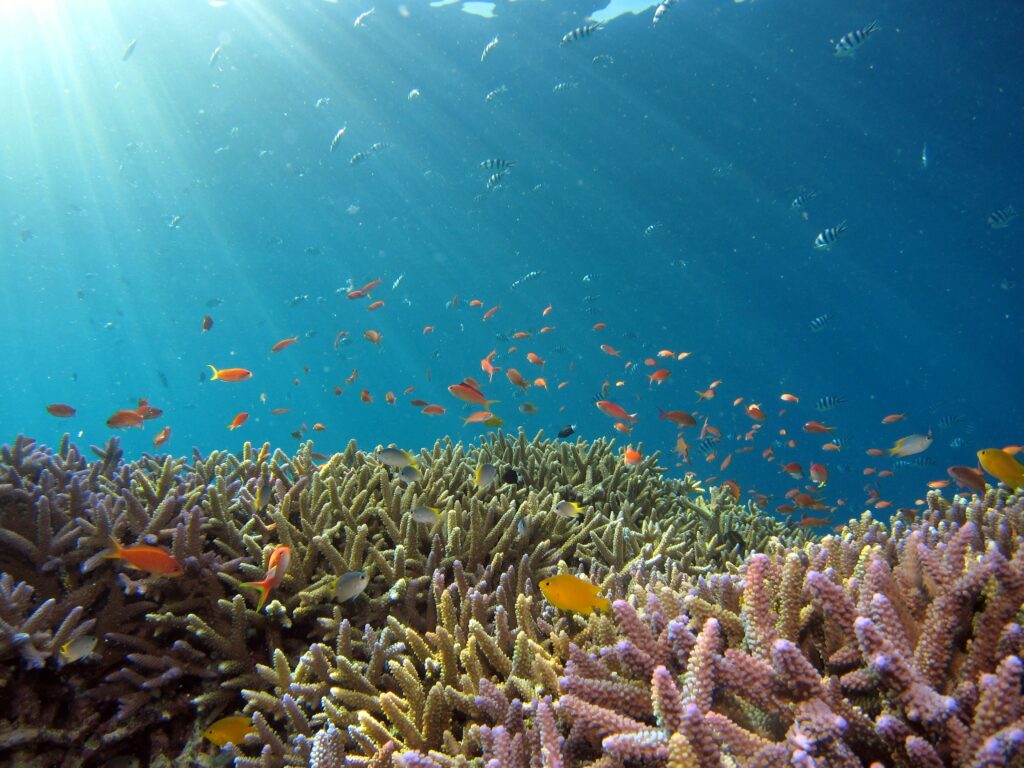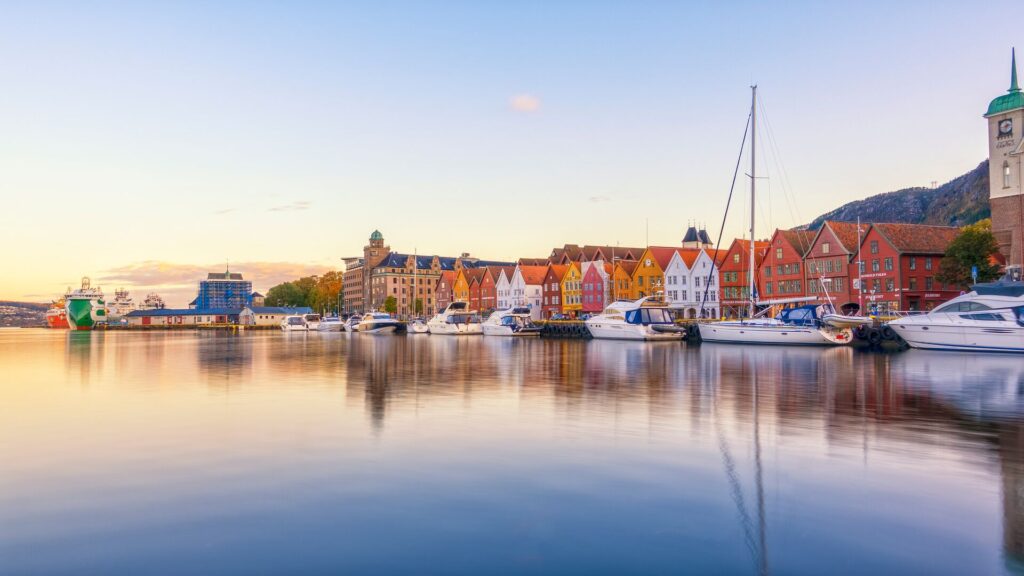Did you know that a single flight can generate more CO2 emissions than a single person may produce in a full year?
A flight from London to New York City may emit approximately 1,000kg of CO2. If a single mature tree can capture roughly 22kg of CO2 in a single year, you’ll need to plant around 45 new trees to help offset your flight.
The fact that our vacations can damage the environment is a reality we all must face, but it’s also one that we can control. Sustainable travelling can help counteract the carbon footprint our voyages create. By choosing a tour with a legitimate eco-friendly itinerary and credentials, we can experience new cultures and communities, protect and preserve our planet, and reap the benefits of sustainable tourism that make our experiences much more meaningful.
Why travel sustainably?

None of us need to travel sustainably, but all of us should want to. Although the farthest corners of the world are more accessible than ever, we mustn’t forget that travel is a privilege, not a right. It’s a luxury, though one that we shouldn’t exploit. Sustainable travel doesn’t necessarily mean sacrificing your wanderlust or culling your bucketlist; it merely means to approach where you travel, how you travel, and who you travel with with sustainability in mind.
You needn’t deprive yourself of the world’s wonders, either; there are actually many benefits of sustainable tourism that can enhance your experience, including:
Engaging with and supporting local communities and cultures in meaningful ways.
Ensuring that ecologies aren’t threatened or irrevocably disturbed by your presence.
Earning an appreciation for the world around you via slow travel.
And, most importantly, helping to preserve the travel experience for future generations.
Take it slow: Why coach travel is the smart option to take in 2023
A Glossary of Green Travel Terms

Many tour guides, operators, and destination management companies man have Earth’s best interests at heart, though some many misuse or certain terms. An honest mistake, though for discerning travellers and the overall environment, these terms have major differences when it comes to operations and global impact.
What is eco-friendly travel?
Eco-friendly travel means to travel in a responsible way that preserves your surroundings and positively impacts a local community. It’s more than just not using single-serve plastics or taking a train instead of a plane. A so-called eco-friendly itinerary could also involve shopping, dining, staying, and touring with local operators.
What is the difference between sustainable travel and regenerative travel?
In broad strokes, sustainable travel is the act of minimizing tourism’s impact on the environment while regenerative travel aims to enhance an area by fostering its healthy growth. For example, an eco-friendly itinerary of a rainforest may involve taking an EV vehicle to the site then hiking only on marked trails. A regenerative tour of the forest may involve the same, but with the added activity of planting new trees or removing invasive species and collecting trash.
Tour operators may also have their own sustainability or regeneration initiatives that are funded by the tours themselves. For instance, using funds from every tour to support a rewilding project.
Read next: How Sweden continues to be one of the world’s most sustainable countries

What is carbon neutral travel?
Carbon neutral travel aims to compensate for the carbon emissions you create by traveling. For instance, a flight from London Heathrow to Orlando International Airport could create 1.94 metric tons of CO2 output. If it takes approximately 30-50 trees to offset 1 ton of carbon, you’d need to support a project that plants nearly 100 new trees to offset your flight alone.
What is carbon net zero travel?
What is greenwashing?
Greenwashing is essentially a business intentionally misleading or lying to a customer about the positive impact their company, service, or product makes on the environment. One example would be a tour operator claiming that it offers an eco-friendly itinerary, despite not being able to prove this claim.
Read more about greenwashing, why it negatively impacts the environment, and how to avoid it.
4 Steps to Building an Eco-Friendly Itinerary

Research Sustainable Travelling
Read up on sustainable travel tips, such as how to keep your dollars local and conserve resources in at-risk destinations. Knowing how the act of travel impacts a destination can help you proactively choose modes of transportation, tours, and experiences that promote sustainable tourism.
Insight’s MAKE TRAVEL MATTER experiences are directly tied to United Nations Global Goals and are chosen based on the positive social or environmental impact they have on their communities.
Investigate Tour Operators
As you browse tour itineraries, research beyond the tour itself to determine how the tour provider itself is facilitating sustainable travelling. They should do so both within the individual tour experience and in their daily operations unrelated to a specific tour. Remember, sustainability means continuing to protect and preserve the environment long after the act of sustainable travelling has ended.
Insight is committed to How We Tread Right, our sustainability strategy. We outline all of our goals, plans, and actions with full transparency and publish them publicly so that travellers and destinations alike can hold us accountable to our word.
Verify Claims Independently
One way to do this is to look at any sustainability accolades they’ve received. Major travel publications like AFAR Media award tour operators who measure and meet their sustainability goals. Other organizations, like WTM London World Responsible Tourism Award, acknowledge the decarbonization efforts of tour operators.
Insight is proud to champion sustainability in everything we do. We are honored to hold multiple sustainability awards. Our 5-year sustainability strategy has 11 sustainable goals in focus. Learn more about how our progress in achieving these goals is positively impacting the planet, people, and wildlife where we conduct our tours.




